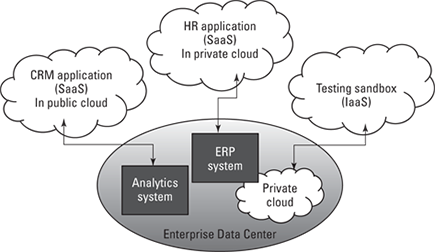Figure 6-1: An enterprise hybrid SaaS environment.
How SaaS Fits into the Hybrid Cloud World
SaaS applications rarely sit alone. The reality is companies have an IT landscape that might look something like this: SaaS for CRM, a second SaaS for human resources, in-house analytics hardware behind a firewall, and IA as for testing. Much of this information is fed into their enterprise resource planning (ERP) system that might be housed on their data center. It’s critical that processes are enabled that allow information to securely flow among these systems. This hybrid SaaS environment is illustrated in Figure 6-1.
The environment described here truly is a hybrid cloud. Why? Because multiple resources use various delivery options that touch each other and aren’t all controlled by the enterprise. These applications somehow ultimately need to work together to provide business value. Of course, a hybrid environment can be simpler or more complex than the one illustrated in Figure 6-1.
What’s behind your SaaS application? A vendor might run its software from data centers it operates. Salesforce.com did this out of necessity, because it was an early innovator without other options. Other vendors — for example, SugarCRM — run its offerings on public clouds, such as Amazon EC2. A SaaS running in a vendor’s data center isn’t necessarily more stable, but great software on an unreliable third party is useless. So, it’s important to understand service level agreements (SLAs) (for more on SLAs see Chapter 17).
If you think about the SaaS environment, it too runs on various cloud deployment models (such as private or public) that has various cloud delivery models (such as IaaS or PaaS) supporting it. SaaS on its own is a truly integrated environment that needs to be able to live cooperatively within its own computing environment as well as with other elements in a company’s cloud ecosystem. That’s what makes a hybrid cloud so complex.
So when a business in your company wants access to all the data so it can run analytics, you can’t just say, “Sorry, that’s all in the SaaS application.” Instead, you can replicate the data onto your private cloud. From there, the analytics team can make a copy of the golden master (a single version of the truth for the data — the reference model) to run its fancy number crunching, and other groups, such as developers, can make a copy and use it for testing on a public cloud.

